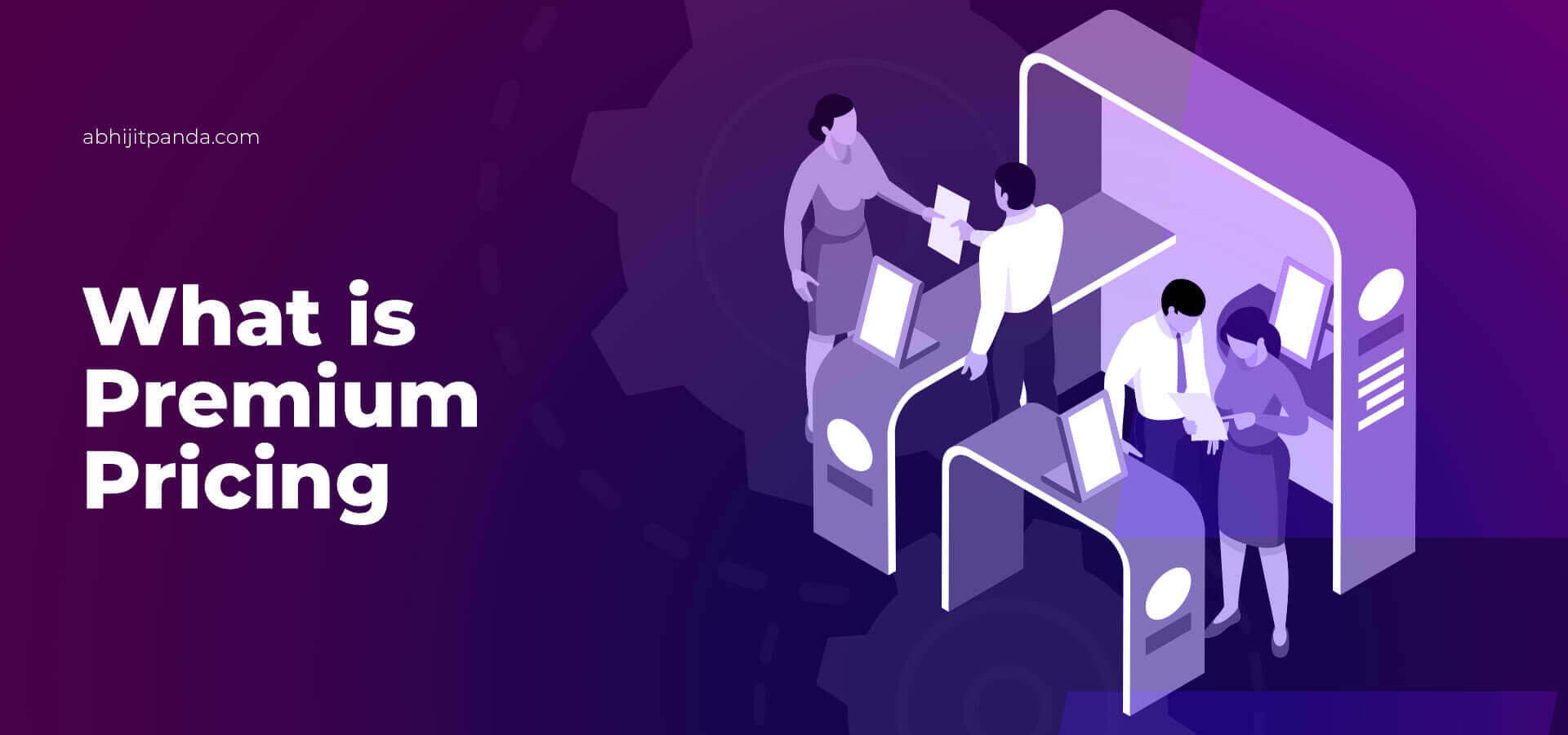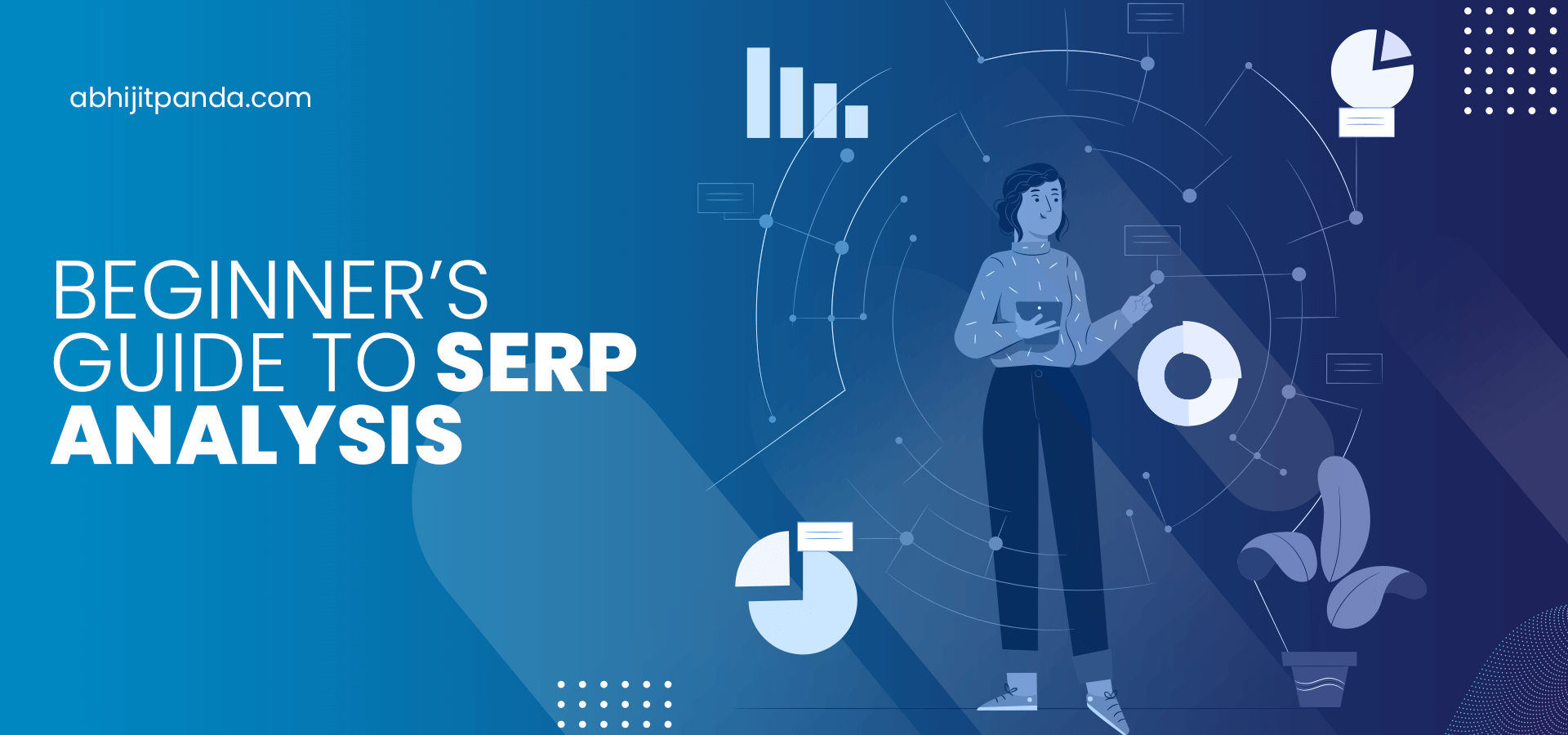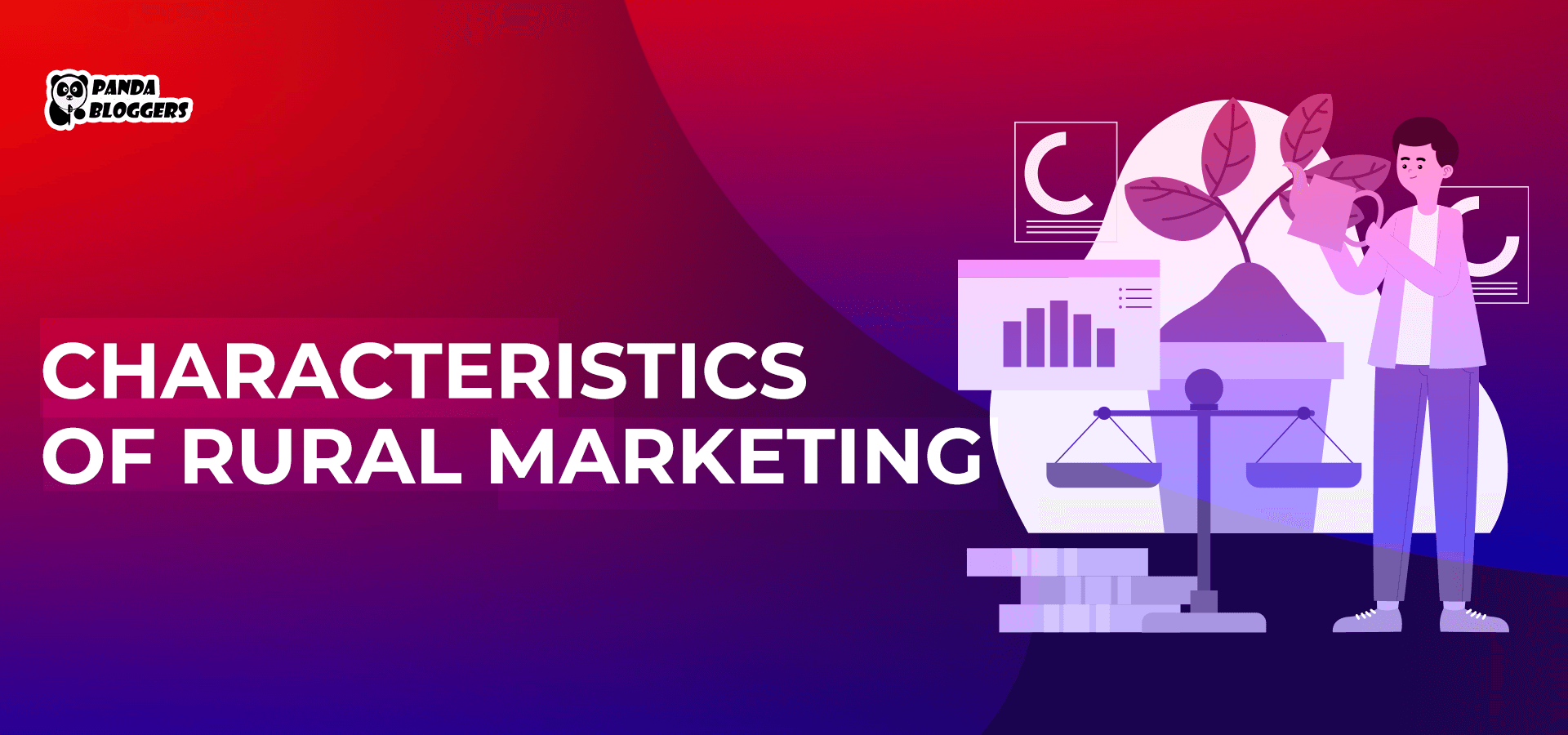 What is Premium Pricing
What is Premium Pricing
While determining the price of a product, the decision-makers evaluate the pros and cons of several pricing strategies. Some decision-makers opt for the penetration pricing strategy to create demand and acquire a market share of offering the product or service at a lower price. At the same time, some decision-makers opt for premium pricing/prestige pricing/image pricing strategy to drive sales by offering higher prices for a product or service than the competitors.
What is Premium Pricing Strategy?
Unlike other pricing strategies, the premium pricing strategy emphasizes on setting the price of a product or service higher than the competitors. The higher price will boost the demand for the product or service by targeting the customers who expect superior quality and experience. Hence, the premium pricing strategy emphasizes on creating and boosting the demand for a product by creating the perceptions of higher-quality and superior experience.
According to EconomicsHelp.org,
“Premium pricing is a marketing tool to set higher prices for certain goods in the hope that the higher price will give the impression the good is of a higher quality. Premium pricing may be applied to similar goods, where there is a slight increase in quality.”
Have Companies and Brands Implemented Premium Pricing Strategy Successfully?
Many multinational tech and non-tech enterprises have been increasing revenue and profits by implementing a premium pricing strategy successfully.
For instance, Apple has been increasing its global revenue consistently by offering different models of iPhone and iPad at a higher price than leading Android device manufacturers.
According to the Hindustan Times,
“The Bill of Materials for iPhone 12 comes to $373, while the prices of iPhone 12 models start from $699.”
Similarly, many oil marketing companies offer premium unleaded petrol at a higher price than the price of regular unleaded petrol. Many consumers buy premium unleaded petrol at a higher price with the expectations to keep the engine clean and deliver the higher speed. Also, popular designer brands and luxury brands offer designer clothes at a higher price with the intention to make the clothes appear luxury goods.
What are the Major Advantages of Premium Pricing Strategy?
Generate More Revenue and Profits
When a company set a higher price for a product or service, it can generate more revenue. Also, the increase in the selling price will help the business to obtain higher profits. A business can further leverage the pricing strategy to increase the profit margin without increasing the number of units sold.
Improve Brand Value
As mentioned earlier, the business has to create the perception of superior quality and experience while adopting image pricing strategy. The premium price-tag will help the business to improve both brand value and perception. The improved brand value makes it easier for businesses to offer new products and services at higher prices in future.
Restrict Entry Barriers for Competitors
Many companies have already acquired market share by adopting a premium pricing strategy. The competitors often find it difficult to launch equivalent products that deliver superior quality or experience. Hence, the premium pricing strategy helps businesses to restrict entry barriers for competitors.
What are the Important Disadvantages of Premium Pricing Strategy?
Overreliance of Unique Selling Price (USP)
Many consumers evaluate the product or service elaborately despite willing to pay a higher price. A business can convince the potential customers to purchase only when the higher price tag justifies the product’s USP. The businesses must create a competitive edge before persuading customers to pay a premium.
Difficult to Create a Mass Market
A business cannot create a mass market for a product by adopting the prestige pricing strategy. The pricing strategy will create demand and acquire market share over a period of time. Also, the higher price-tag will not boost the sale of a product or service in the mass market. This shortcoming will create opportunities for competitors to sell alternative products in the mass market.
Huge Marketing and Advertisement Cost
The leading brands and large companies leverage the premium pricing strategy by promoting and advertising their products or services aggressively. The expensive ad campaigns help them to create the perception the product is of superior-quality or delivering a superior experience. Small businesses often lack the budget to spend millions of dollars on marketing and advertisement every year.
When Should Businesses Consider Adopting Premium Pricing Strategy?
Unlike other pricing strategies, the premium pricing strategy relies on two important factors – the company’s reputation and consumer’s perception. The consumers will pay more to avail of a product or service only when it has a competitive edge. A business can generate more revenue by adopting a premium pricing strategy only when it is offering a unique product/service, or its product/ service has a competitive advantage.
But businesses often find it challenging to increase demand for and boost sales of a new product or service while offering it at a higher price. Often companies adopt a premium pricing strategy only after creating demand, establishing brand loyalty, and developing a strong customer base. Also, they promote the product or service aggressively by telling compelling brand stories to convince customers to buy the product or service by paying a premium.
Like other pricing strategies, premium pricing strategy or prestige pricing strategy has its own pros and cons. While adopting a premium pricing strategy, the decision-makers must conduct elaborate market research to check if the consumers are ready to pay a premium. Also, they must make the product or service warrant a higher price by enhancing the competitive edge.









Leave a Reply